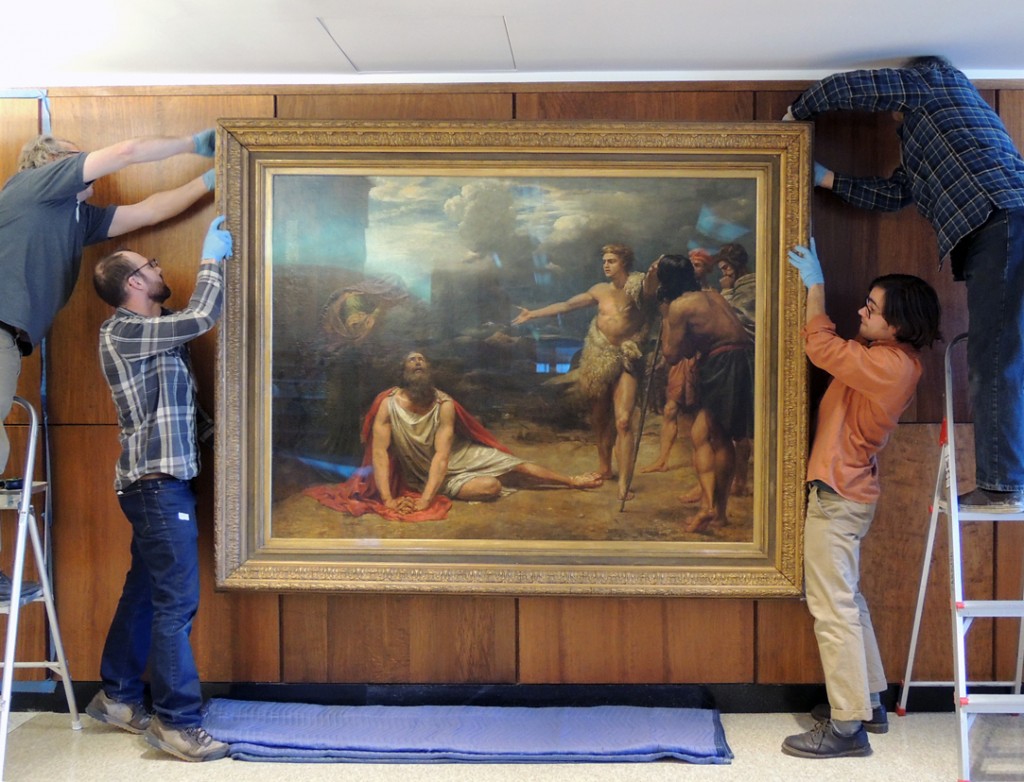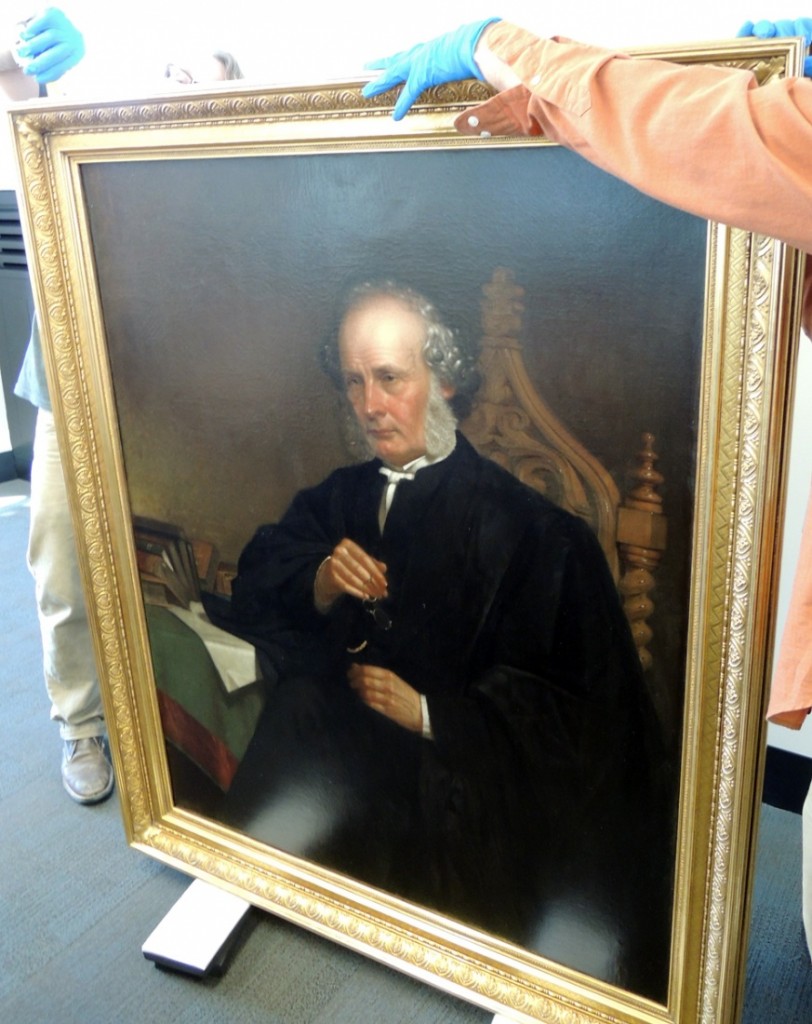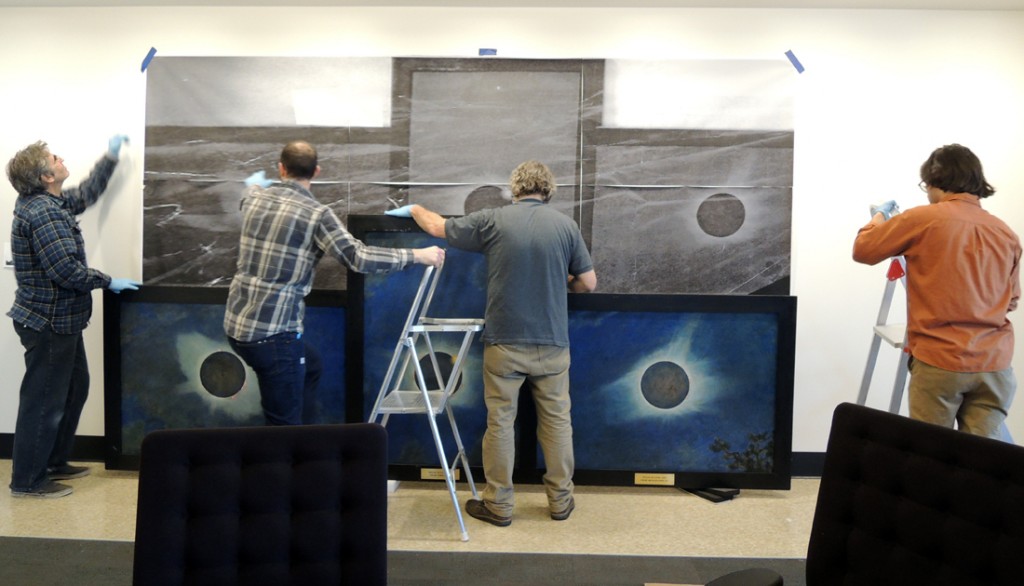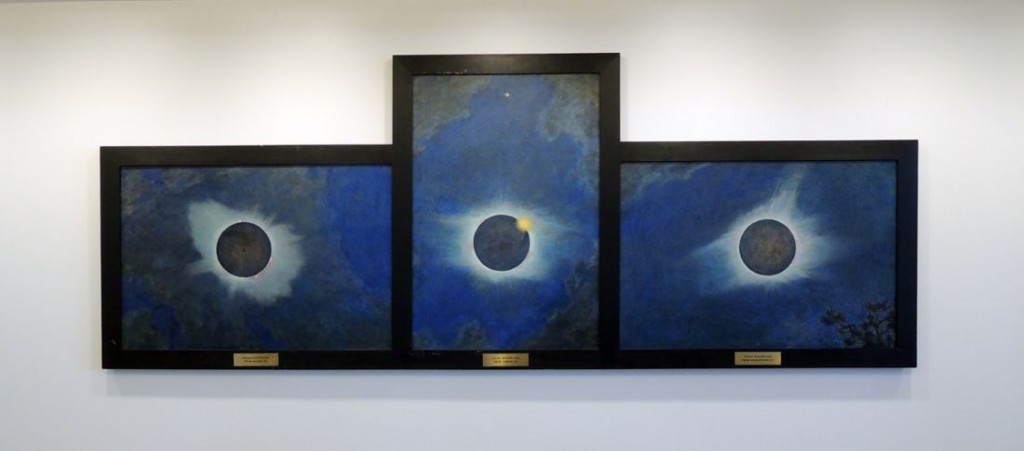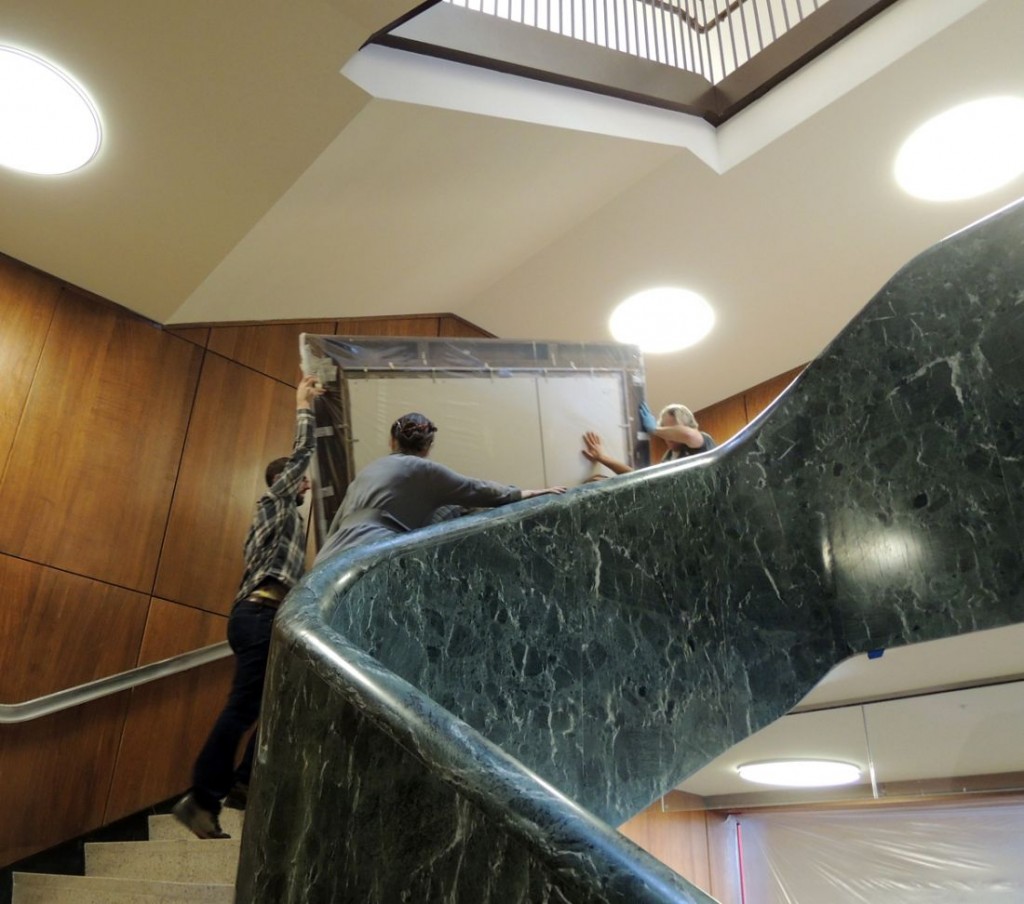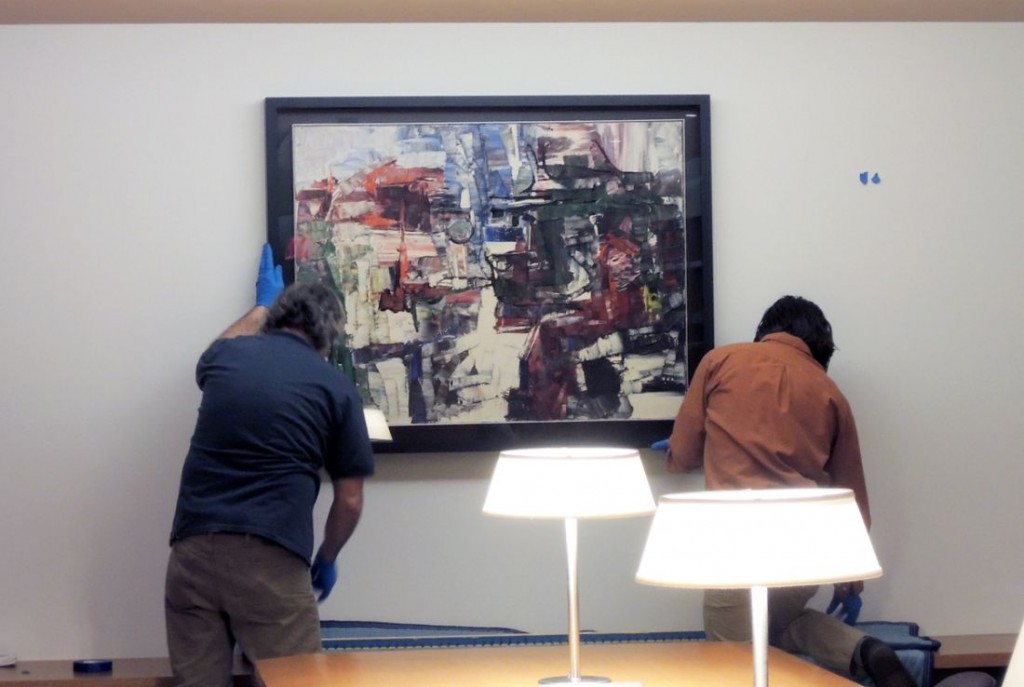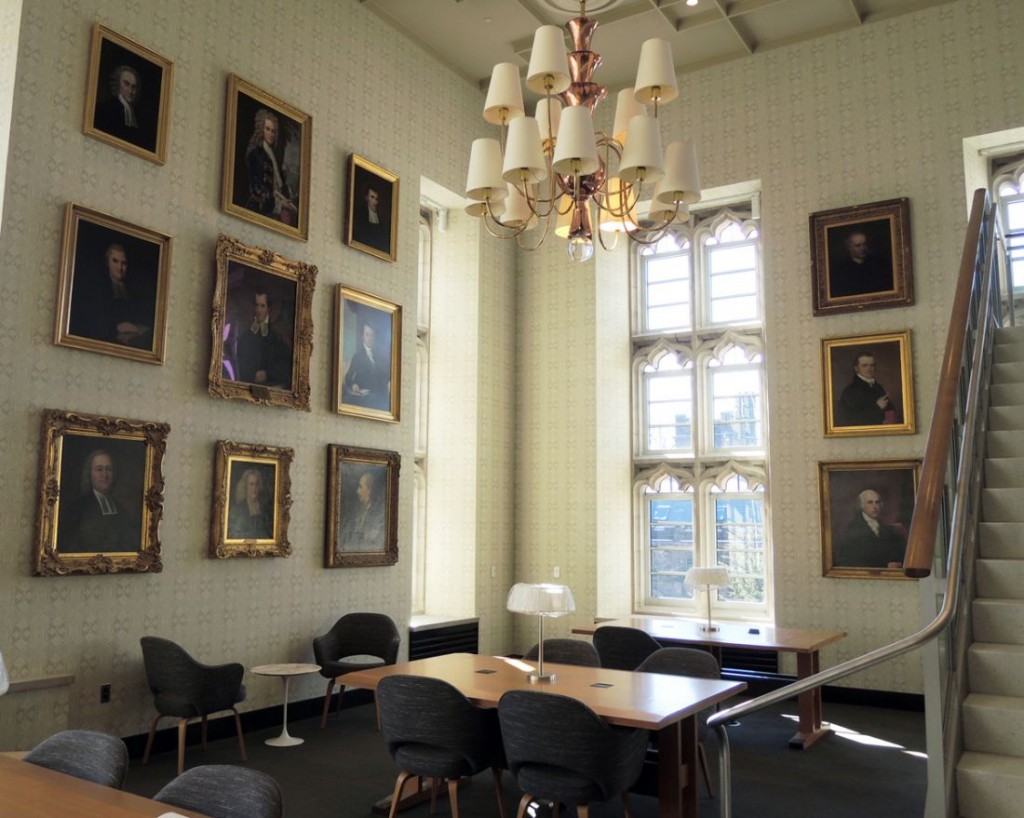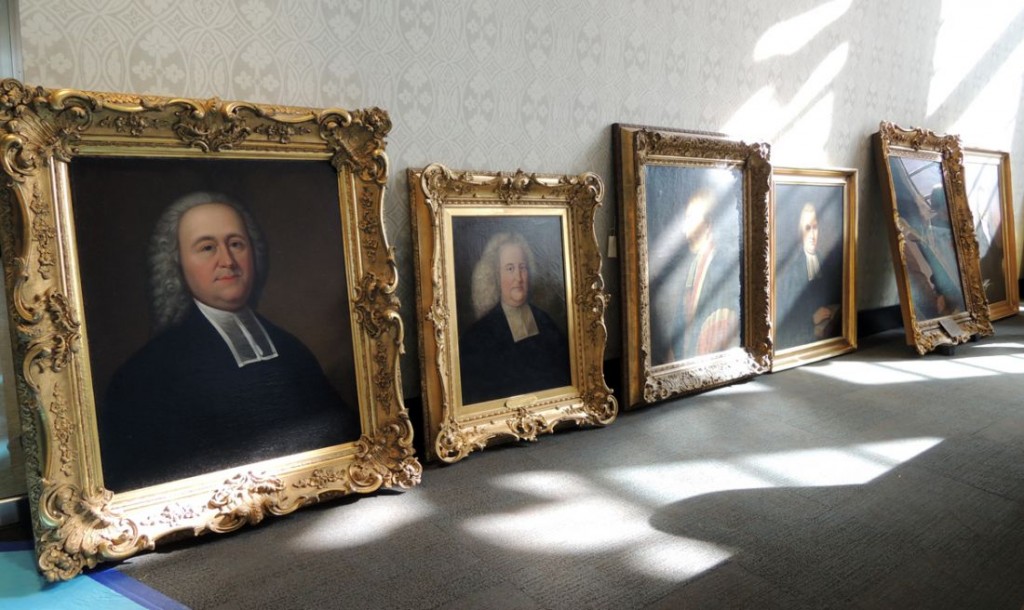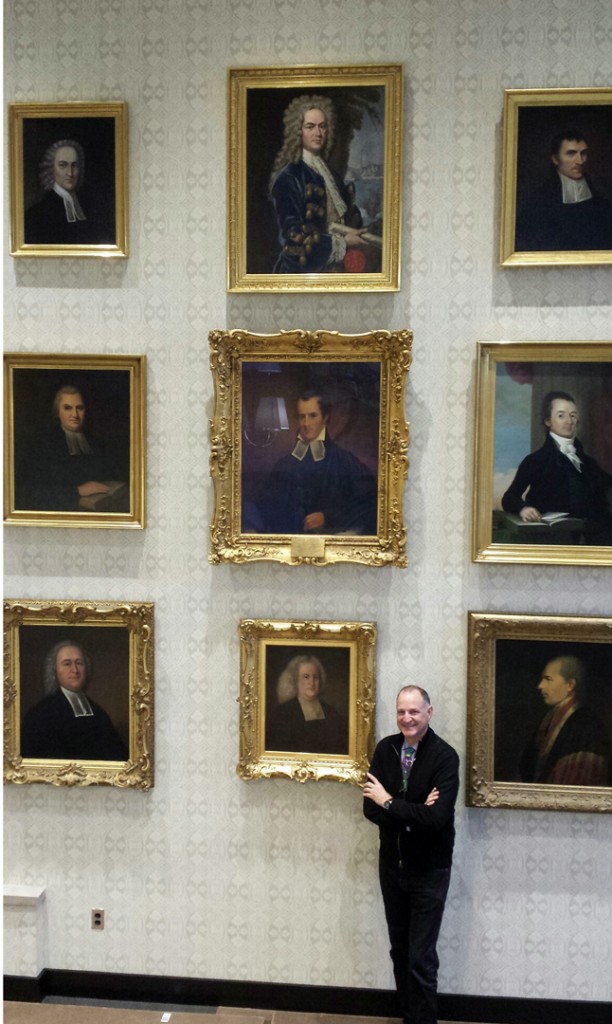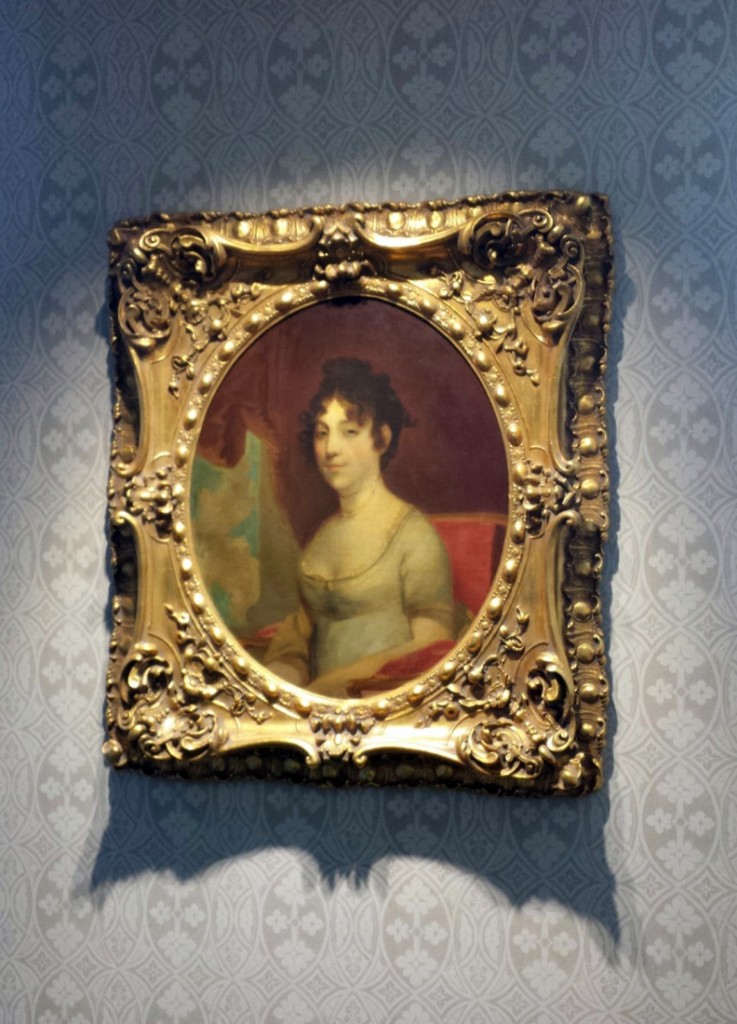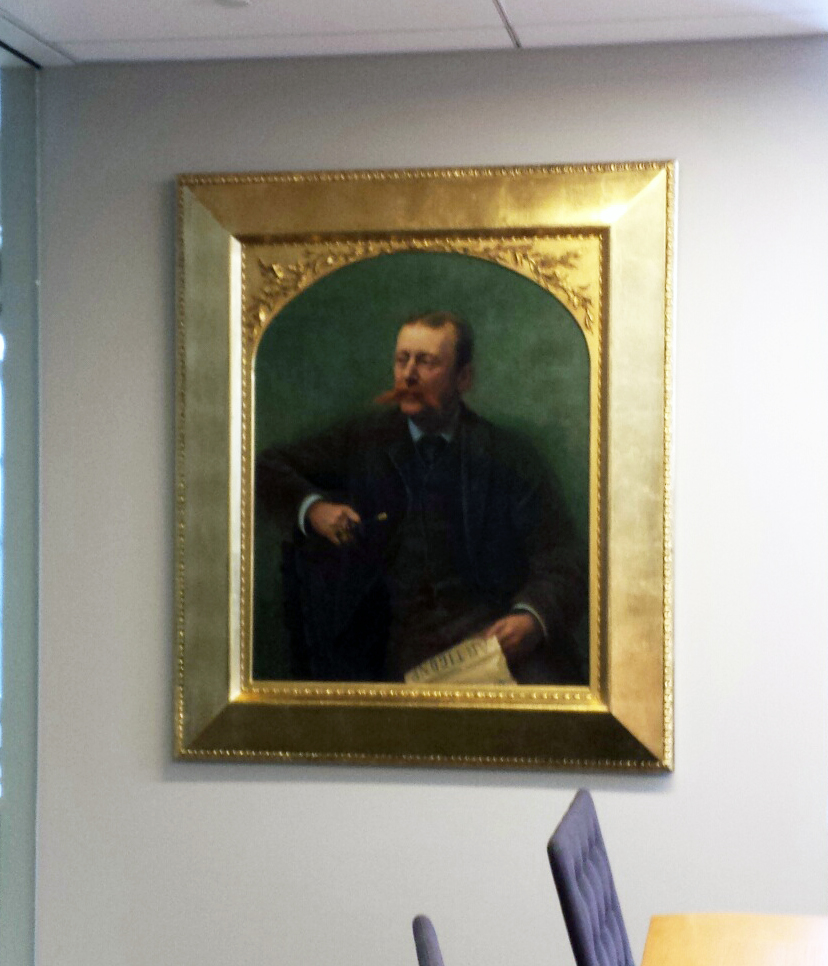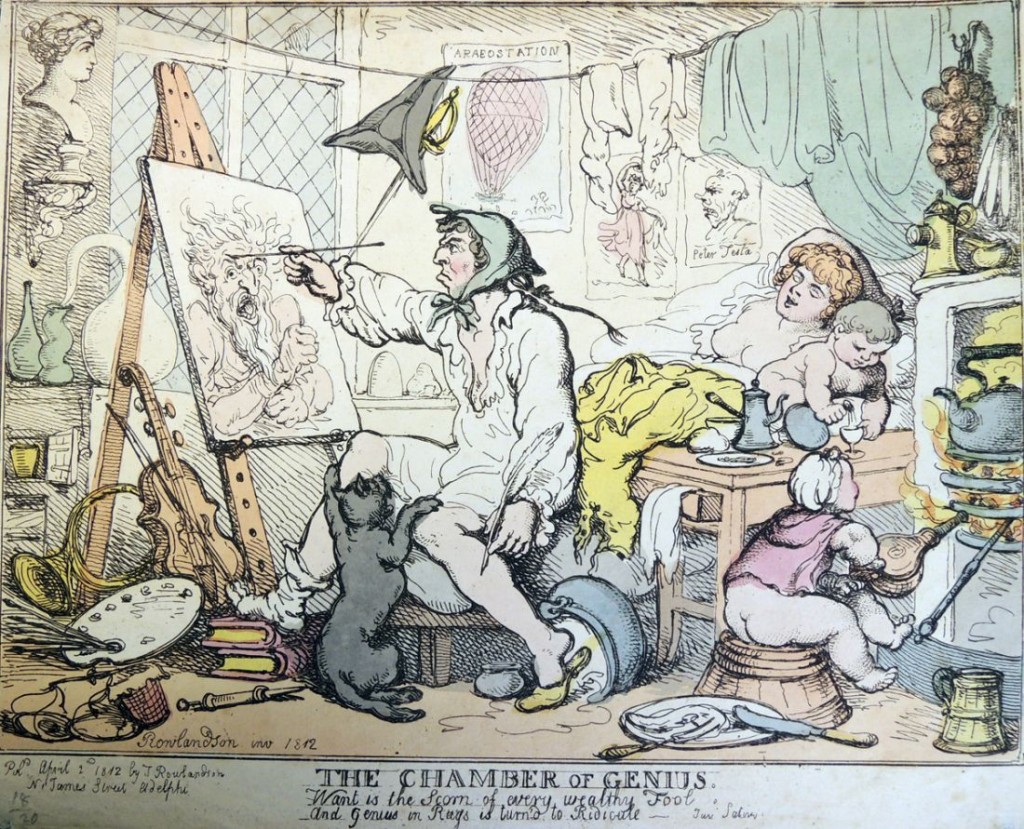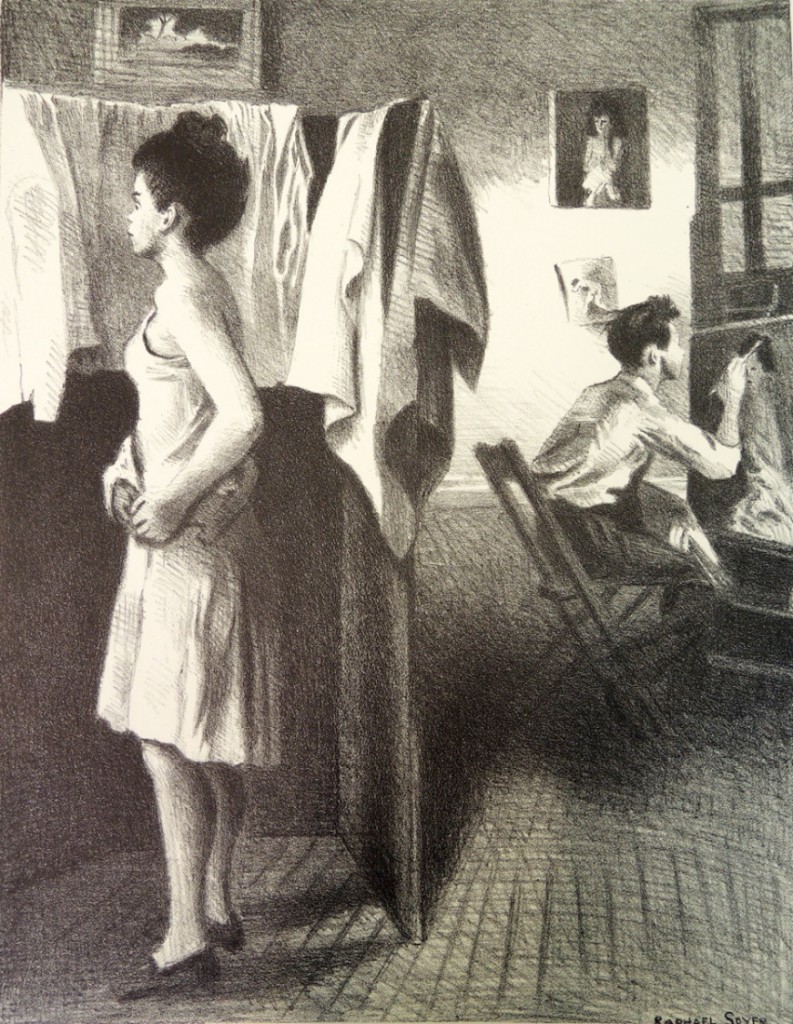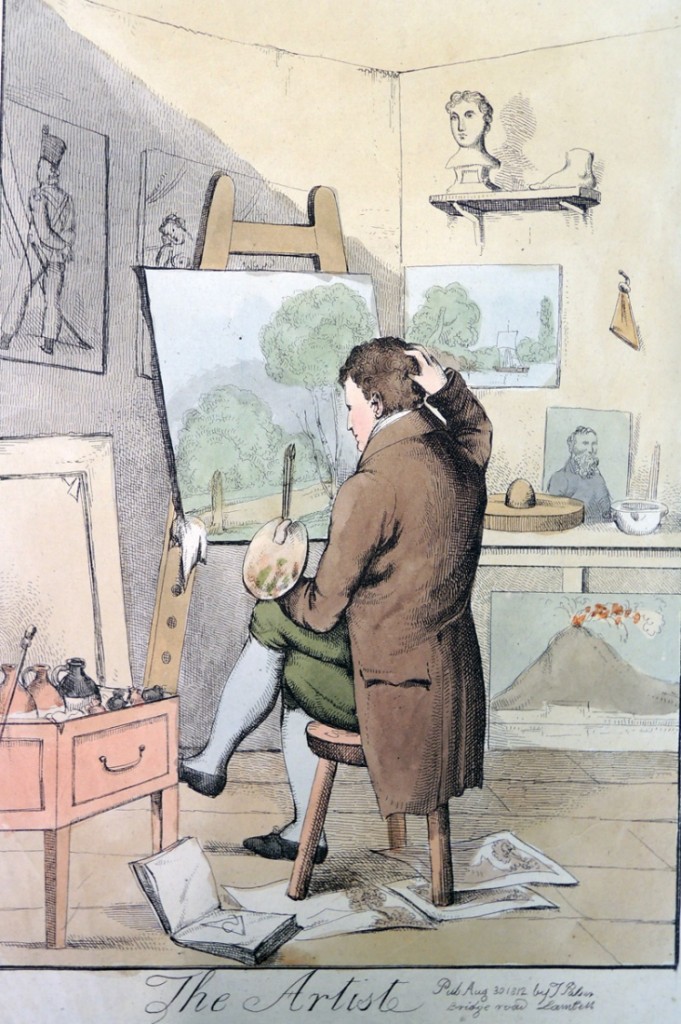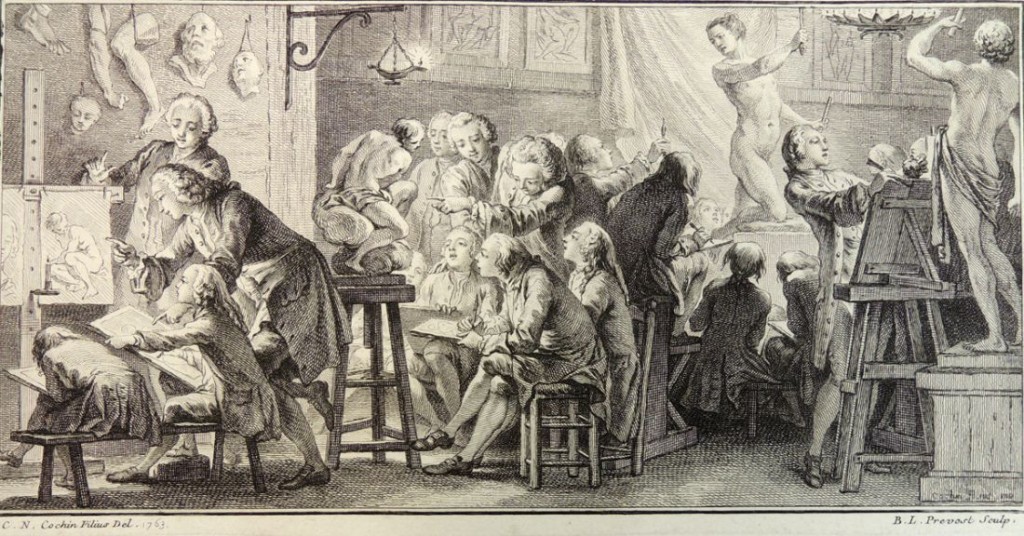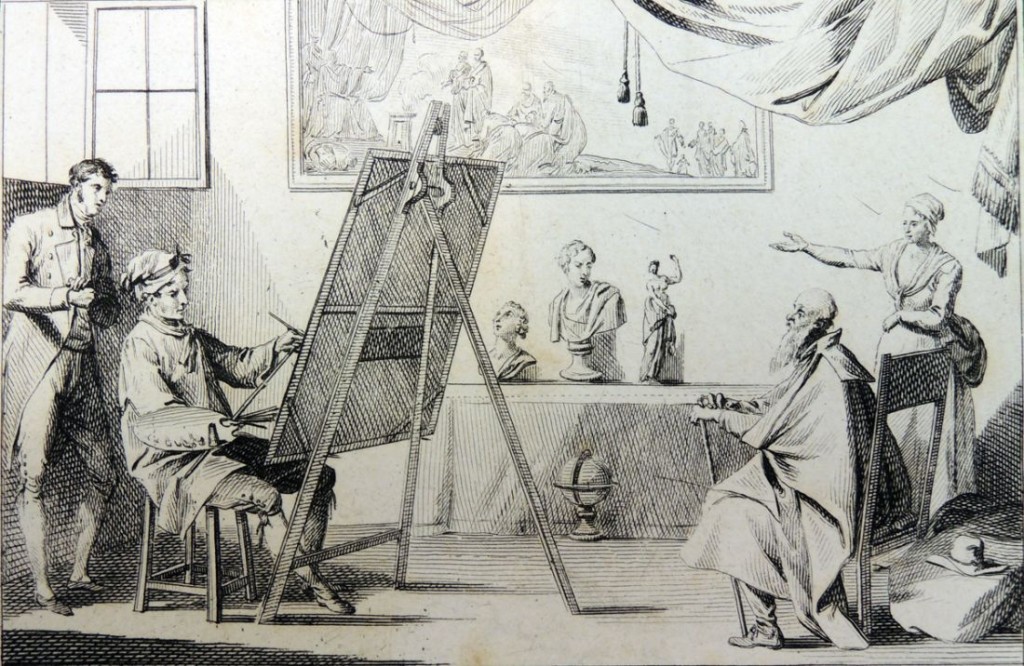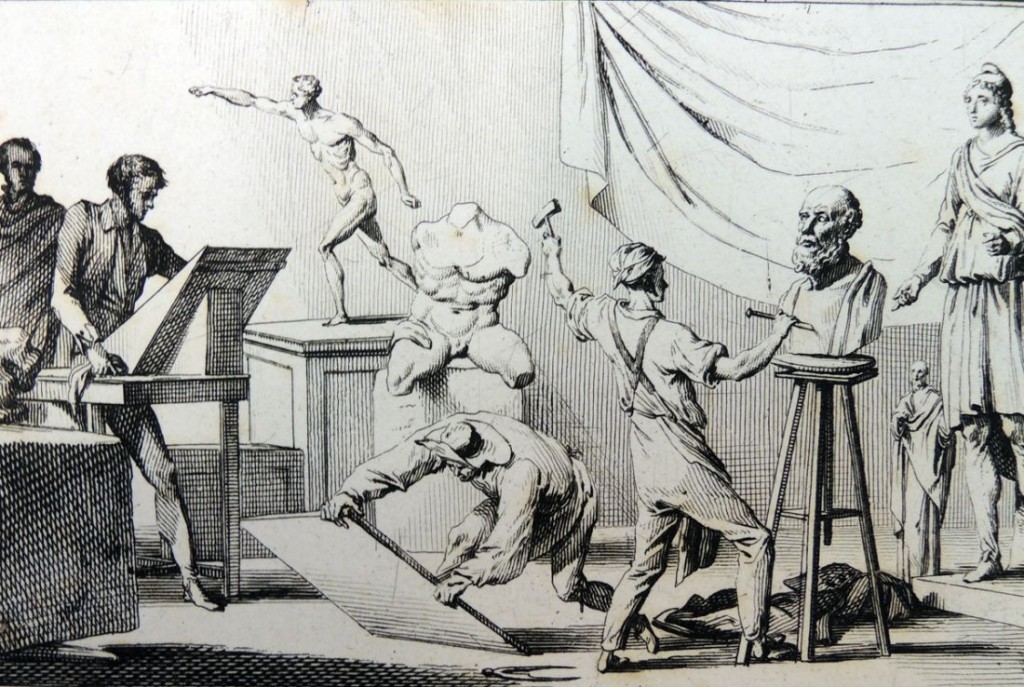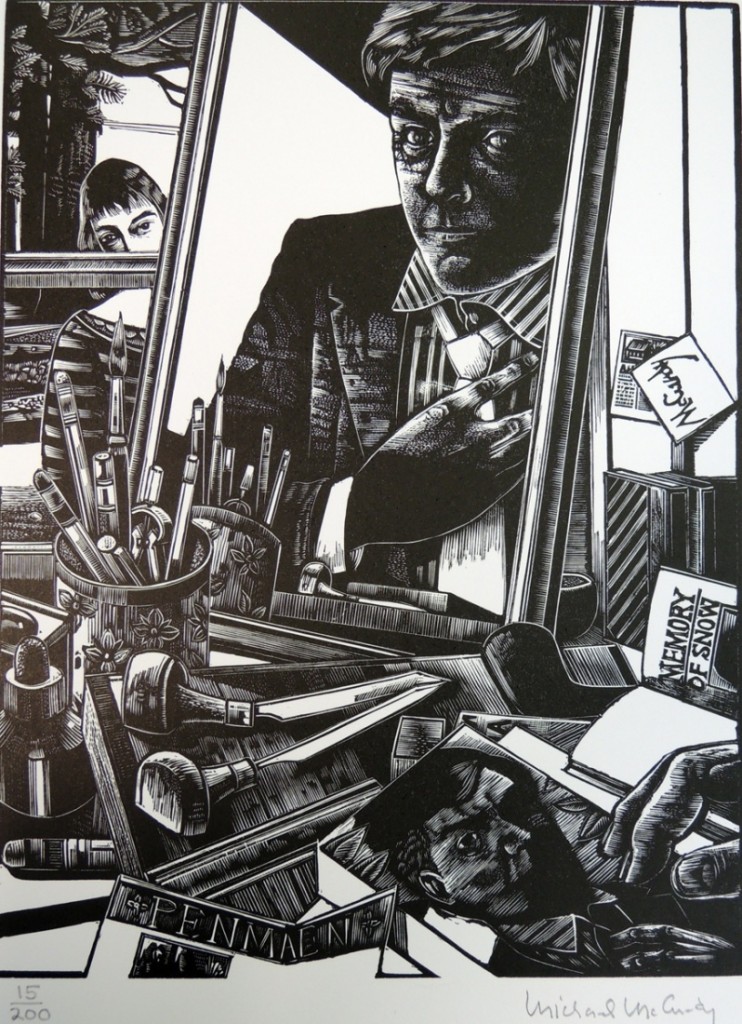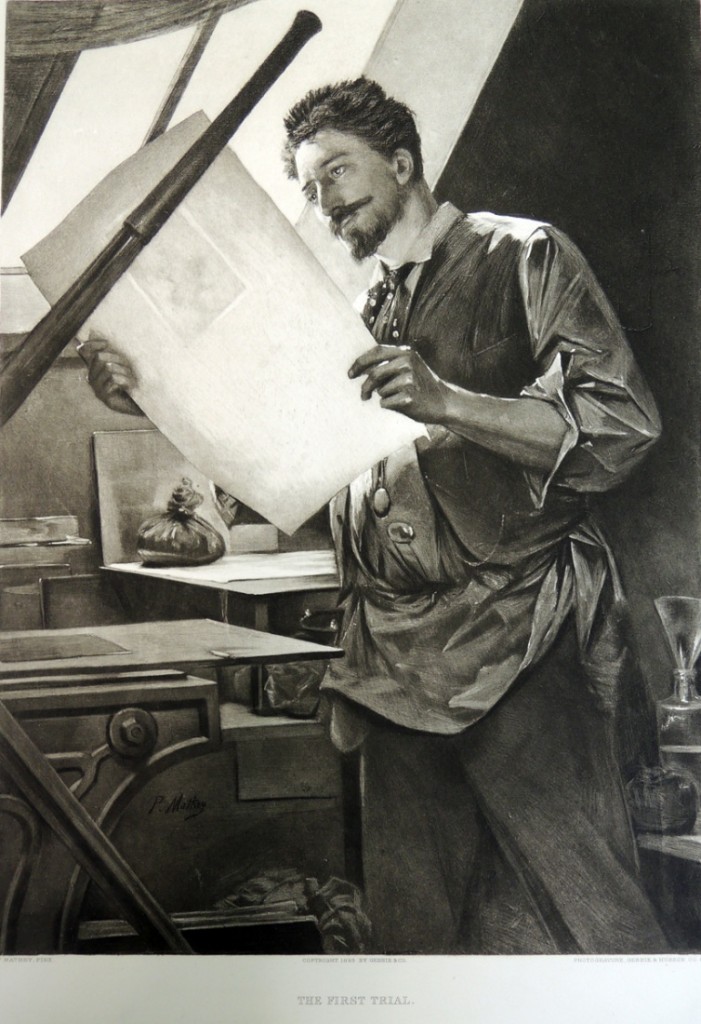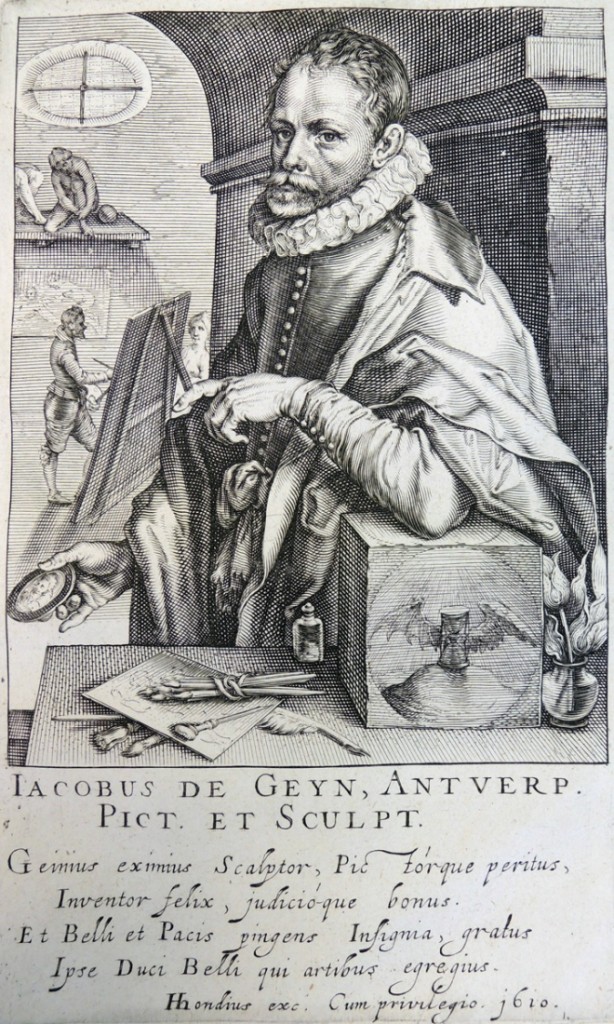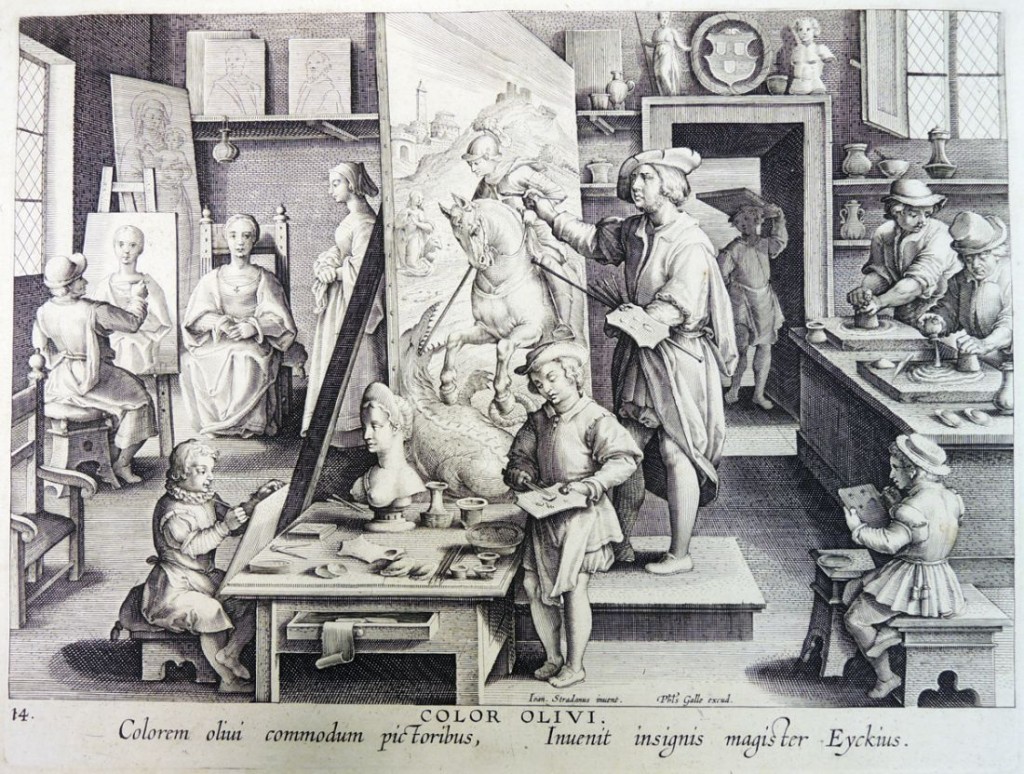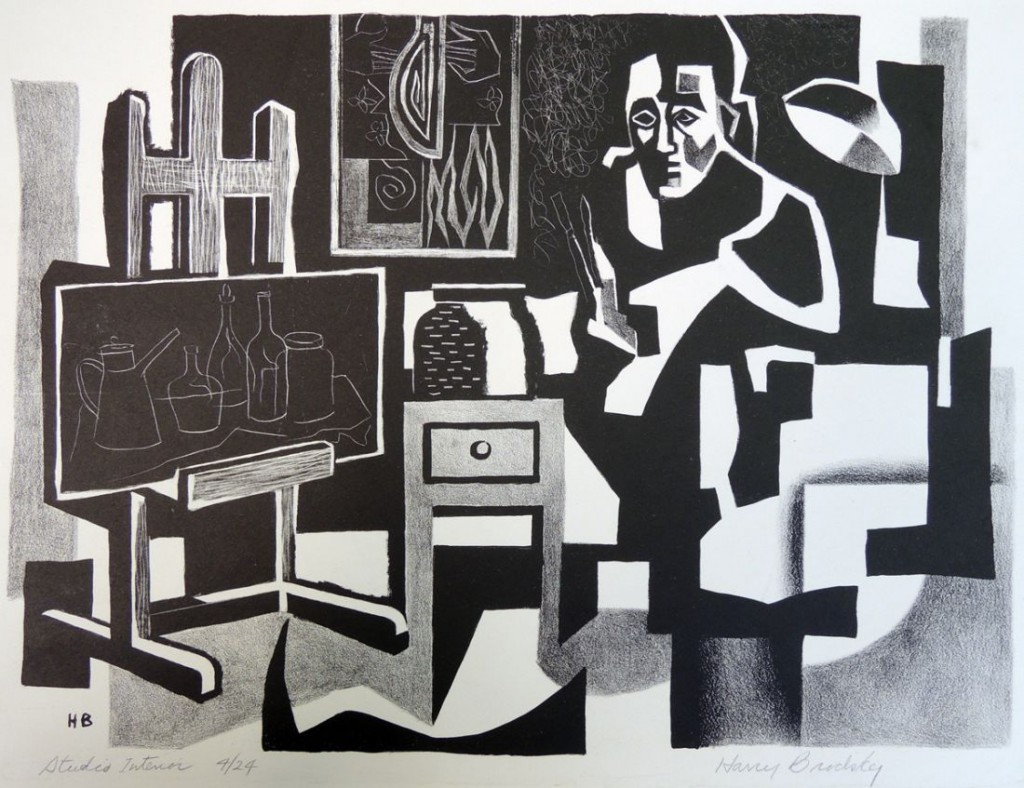
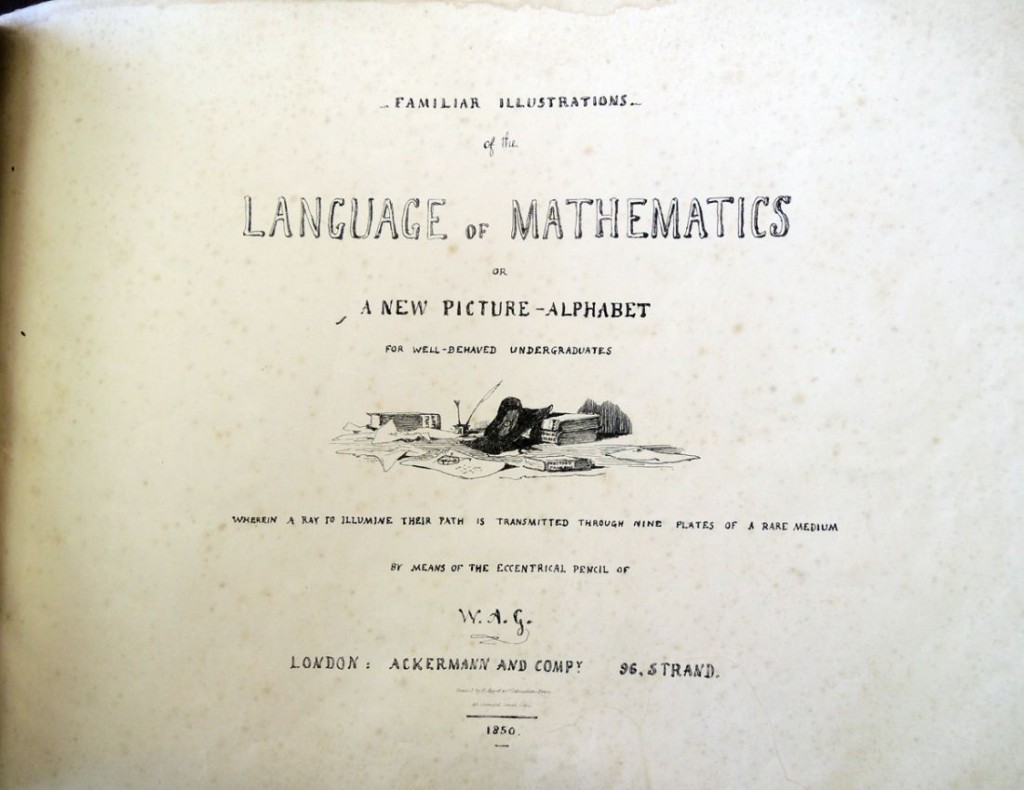 John Lewis Roget (1828-1908), Familiar Illustrations of the Language of Mathematics or a New
John Lewis Roget (1828-1908), Familiar Illustrations of the Language of Mathematics or a New
Picture-Alphabet for Well-Behaved Undergraduates; Wherein a Ray to Illuminate their Path is Transmitted through Nine Plates of a Rare Medium by Means of the Eccentrical Pencil of W.A.G. [pseud.] (London: Ackermann, 1850). Bound together with Cambridge Customs and Costumes (London: Ackermann and Company, 1851). Graphic Arts Collection GAX 2014- in process
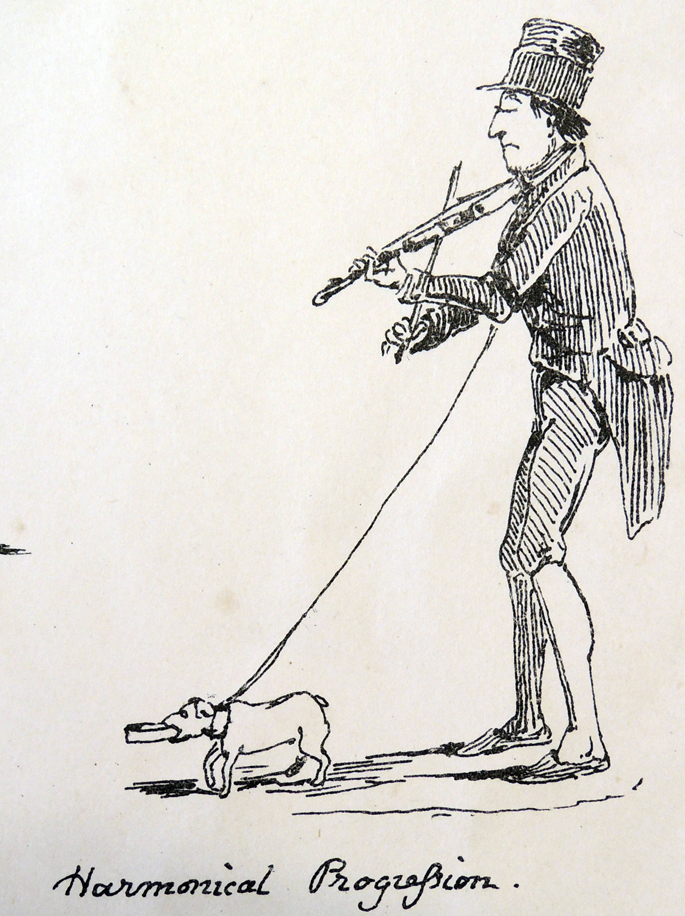
John Roget was the only son of Peter Mark Roget (1779-1869), the lexicographer best known for publishing the Thesaurus of English Words and Phrases (Roget’s Thesaurus) in 1852. Although John trained for the bar and worked together with his father on editions of the Thesaurus, his aptitude for painting and drawing was the primary focus of his life.
He become the Historian of the Royal Society of Painters and Watercolours and published several volumes of humorous sketches with academic puns. Two of these have recently been acquired by the Graphic Arts Collection.
Roget was joined in these publications by the very young Arthur George Witherby, a journalist, editor and part-time caricaturist who used the pen name W.A.G. and later drew for Vanity Fair.
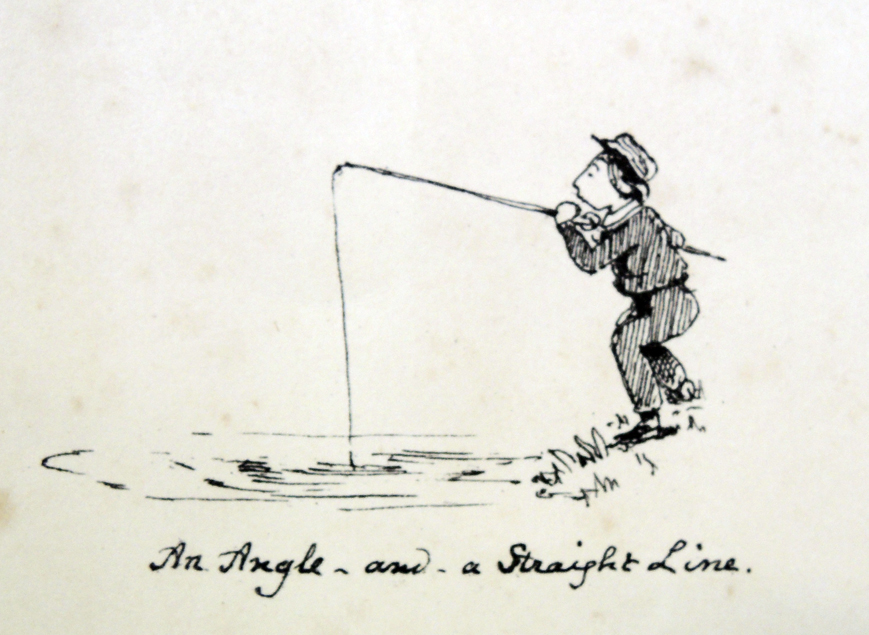
Beyond the sketches themselves, these volumes present some of the earliest examples of anastastic printing, a technique often used to reproduce drawings and fine art etchings. By the mid-19th century, Rudolph Ackermann and many British publishers had their illustrative plates printed by Rudolph Appel & Company’s Anastastic Press in Ipswich.
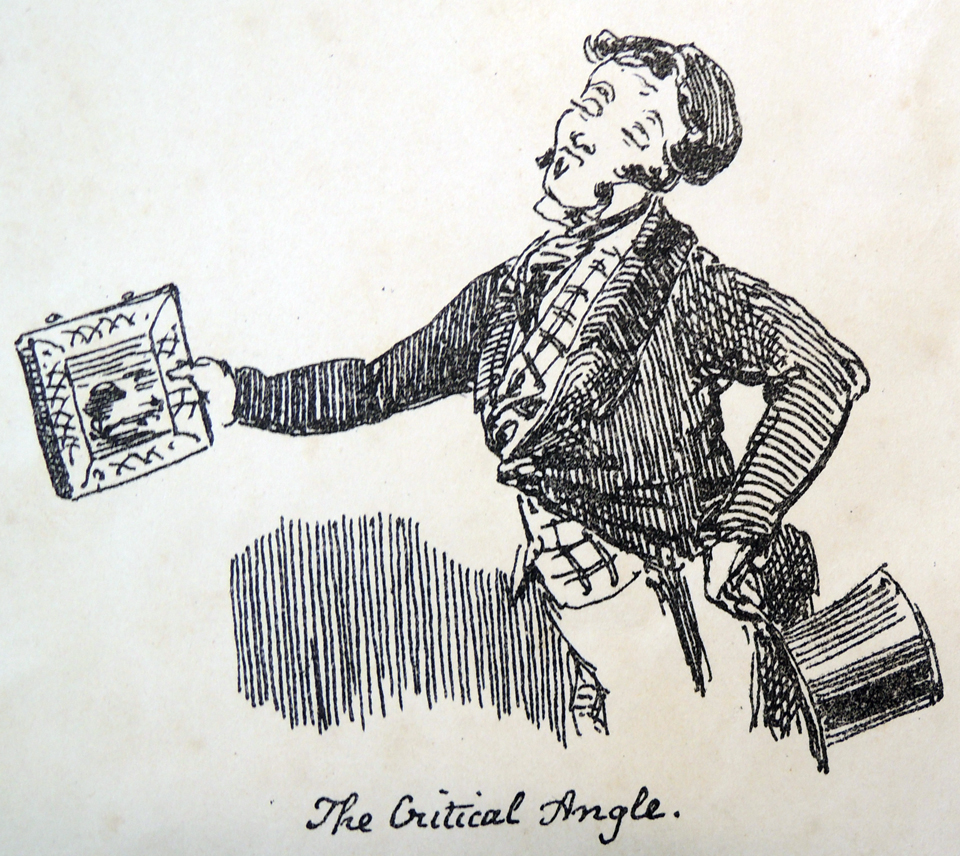 This was a metal (usually zinc) relief process probably developed by Charles d’Aiguebelle who earned a silver medal at the Exposition of 1834 for his “transports sur pierre d’impression anciennes.”
This was a metal (usually zinc) relief process probably developed by Charles d’Aiguebelle who earned a silver medal at the Exposition of 1834 for his “transports sur pierre d’impression anciennes.”
Luis Nadeau speculates that the first book with anastatic illustrations may be Sketches Printed at the Second Hampstead Conversazione February 2nd, 1846. Princeton University Library’s earliest example is John William Hewett’s 1849 Early Wood Carving . . . printed at Appel’s Anastatic Press (Marquand NK9744.E97 H48 1849). The books drawn by John Roget follow closely in 1850 and 1851, with excellent examples of anastatic printing to reproduce pen drawings.
See also: John Lewis Roget (1828-1908), A History of the ’Old Water-Colour’ Society (London, New York: Longmans, Green and co., 1891). Graphic Arts Collection (GA) Rowlandson 887

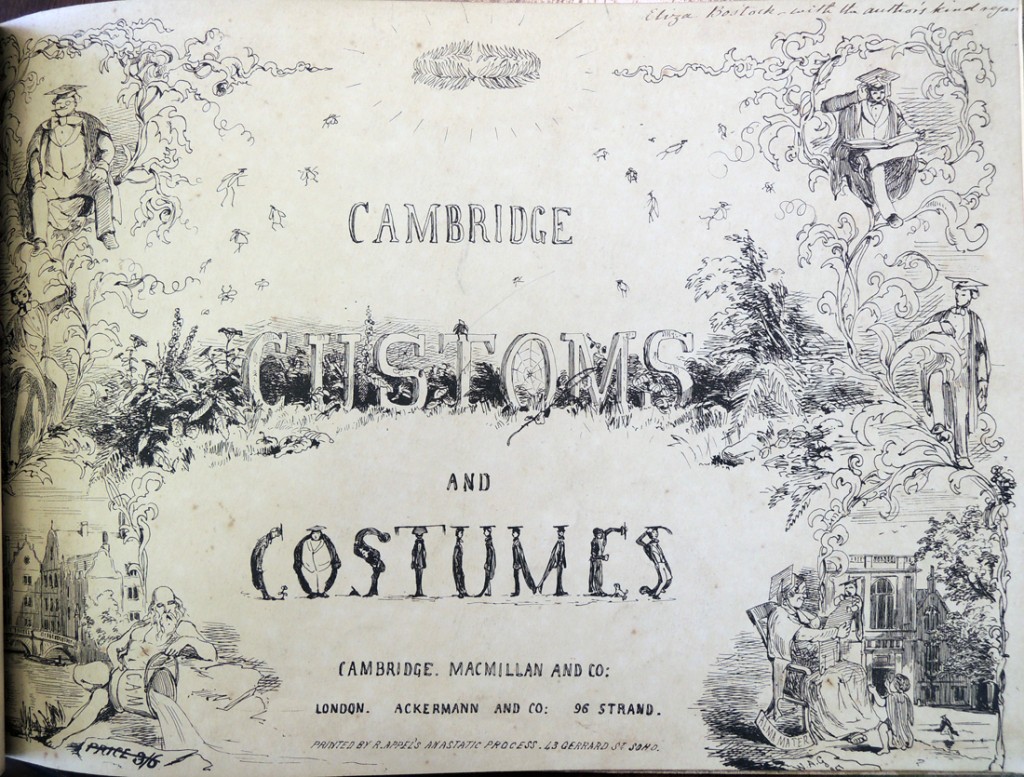

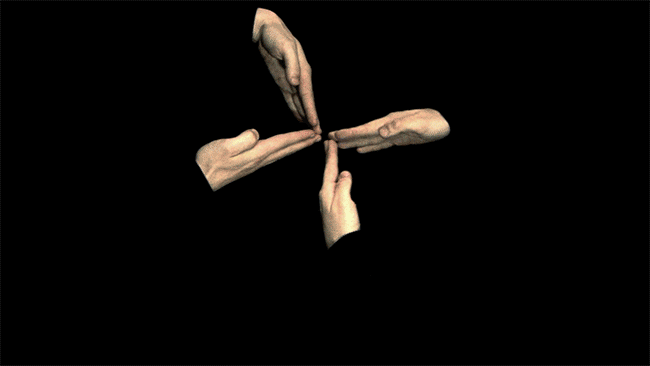
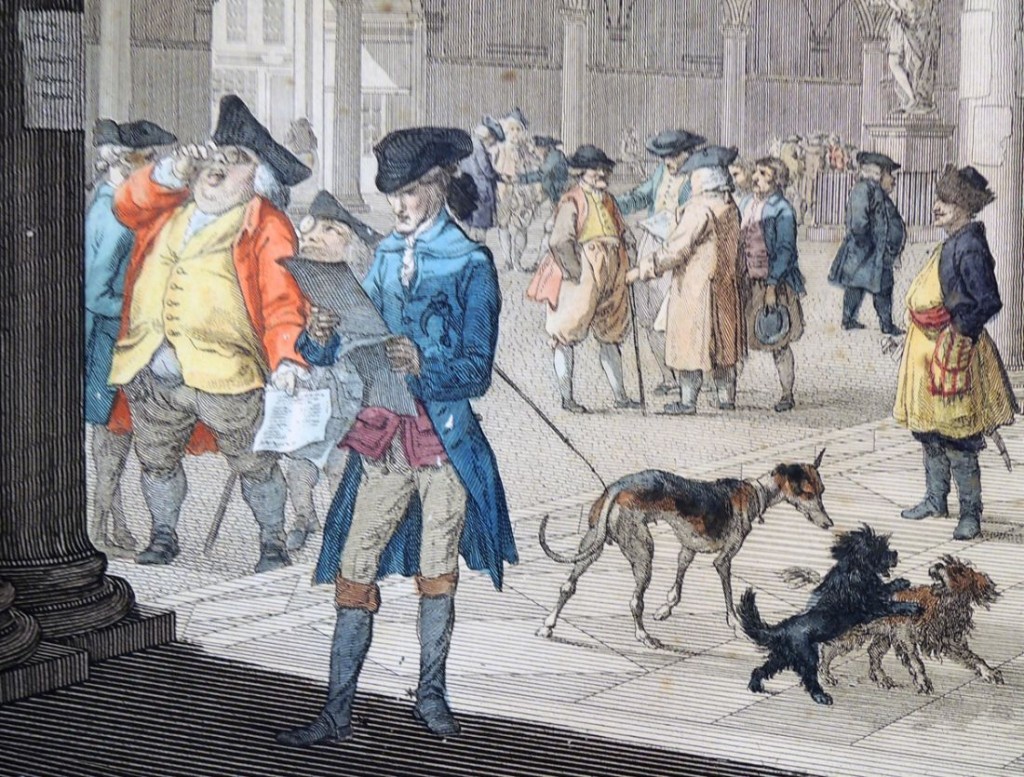
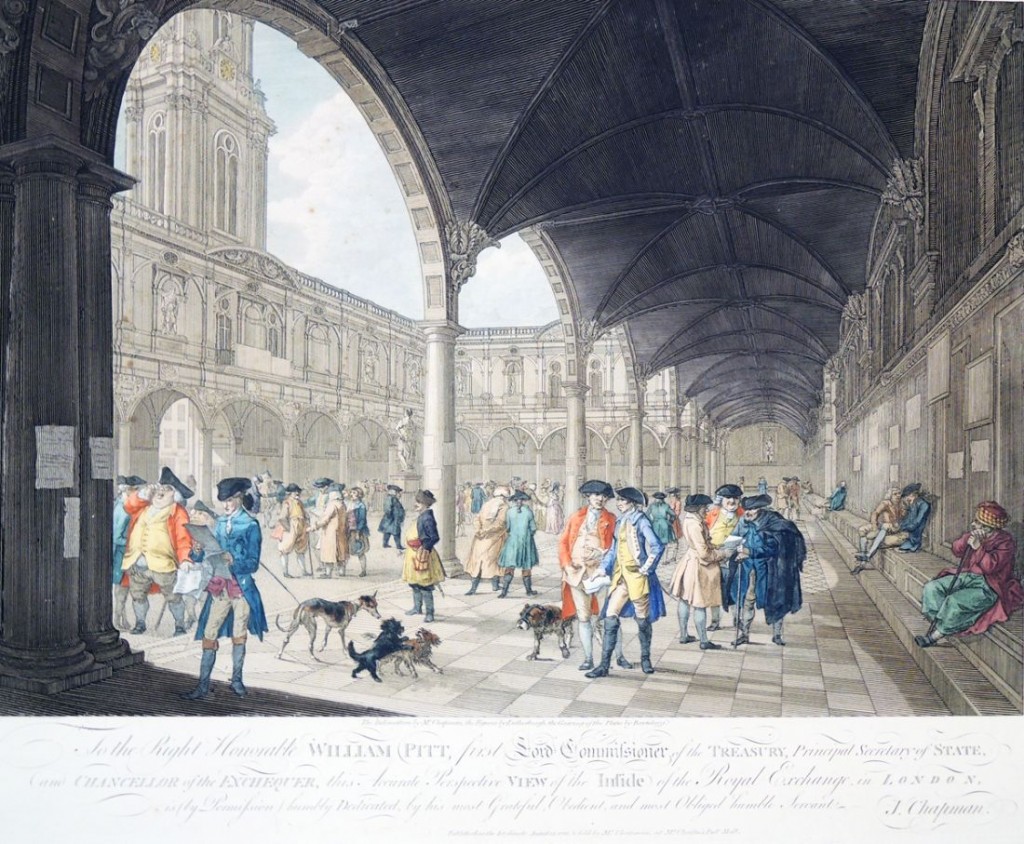
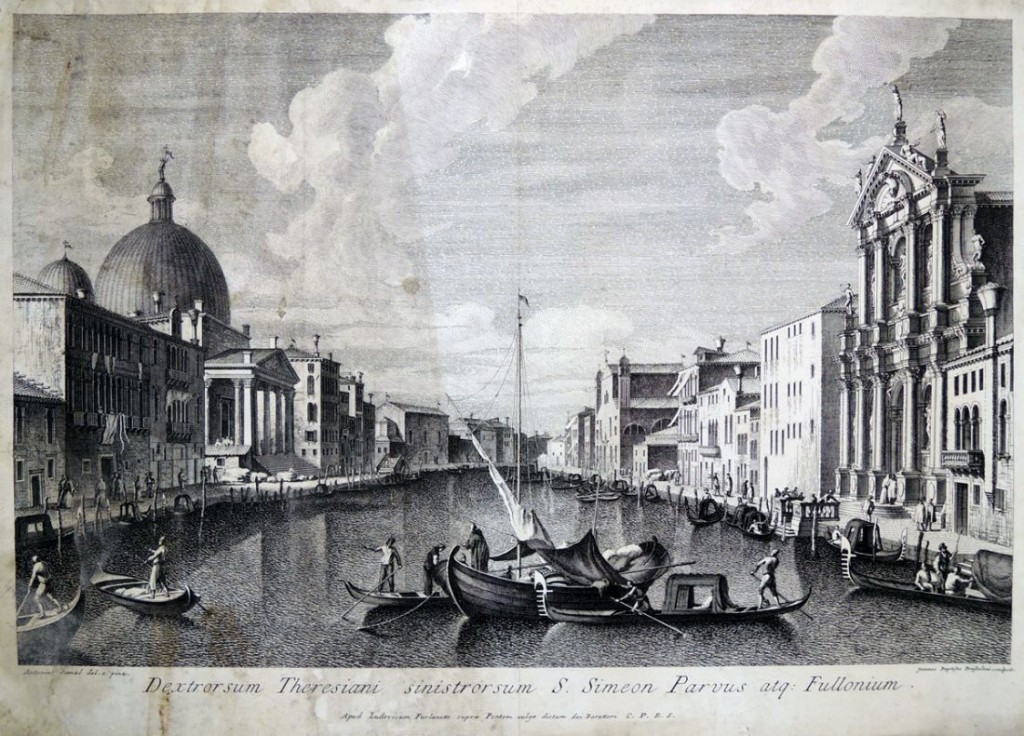


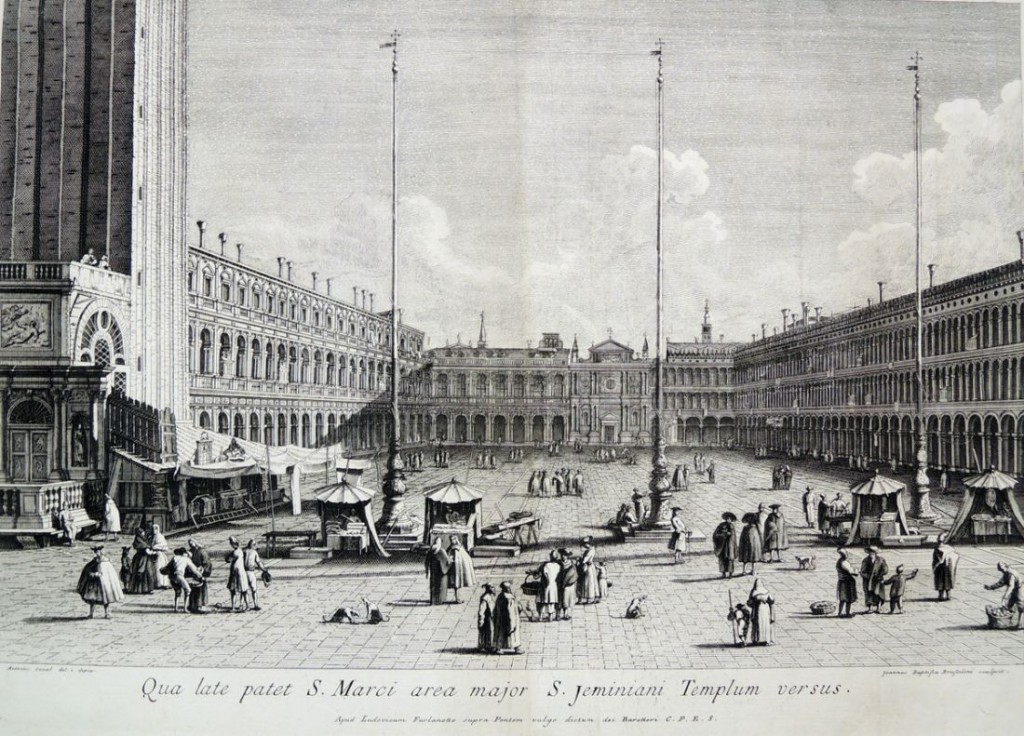
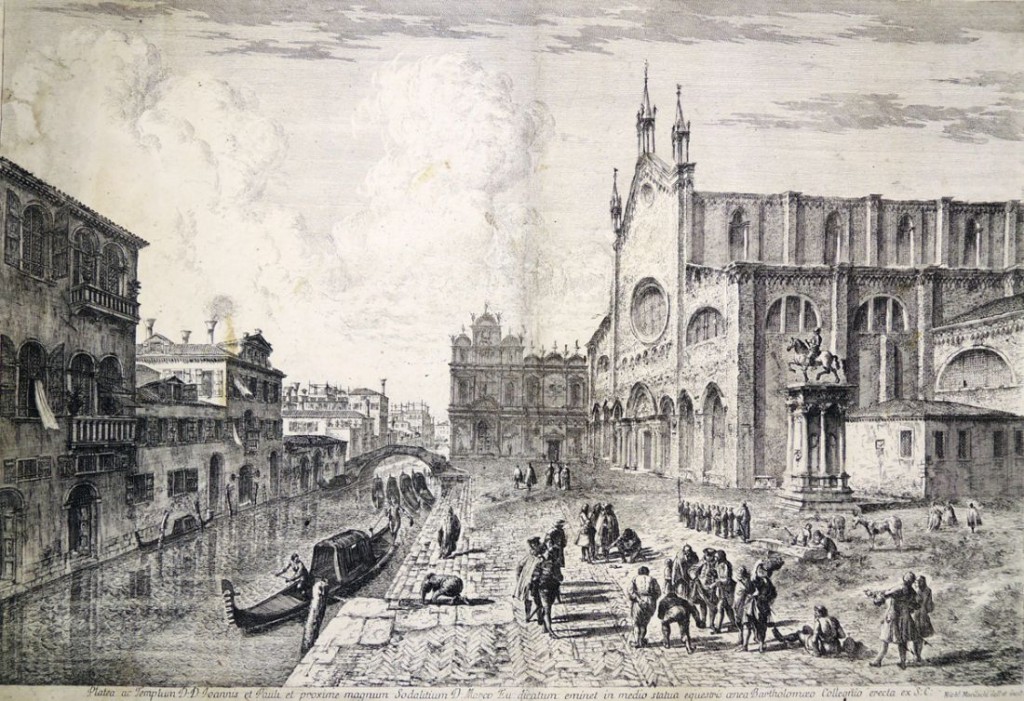
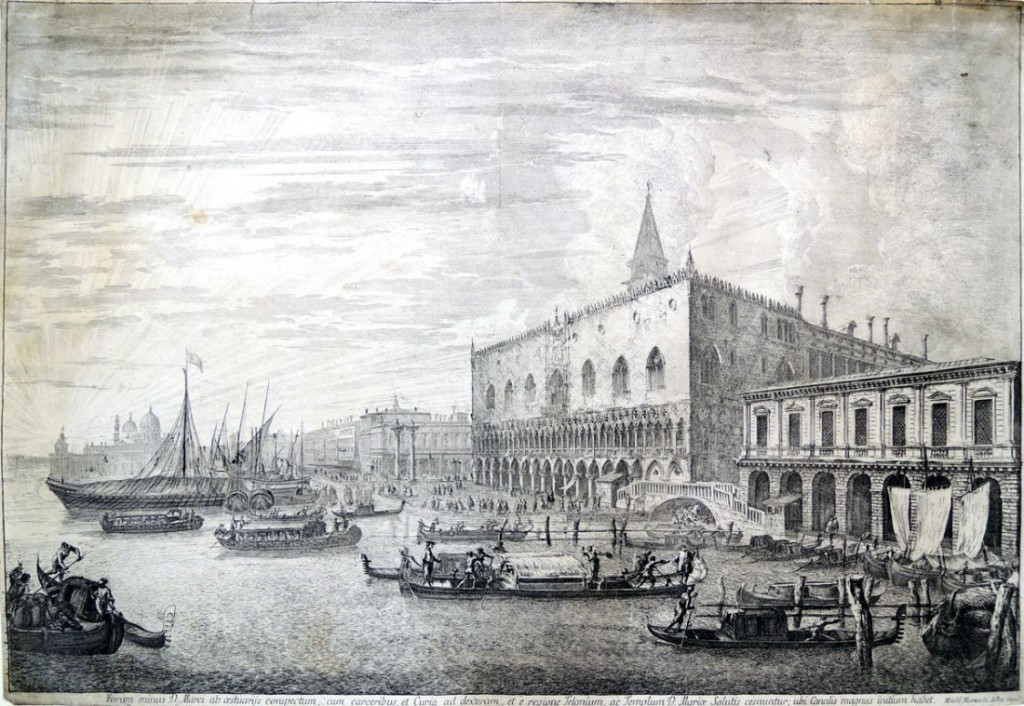
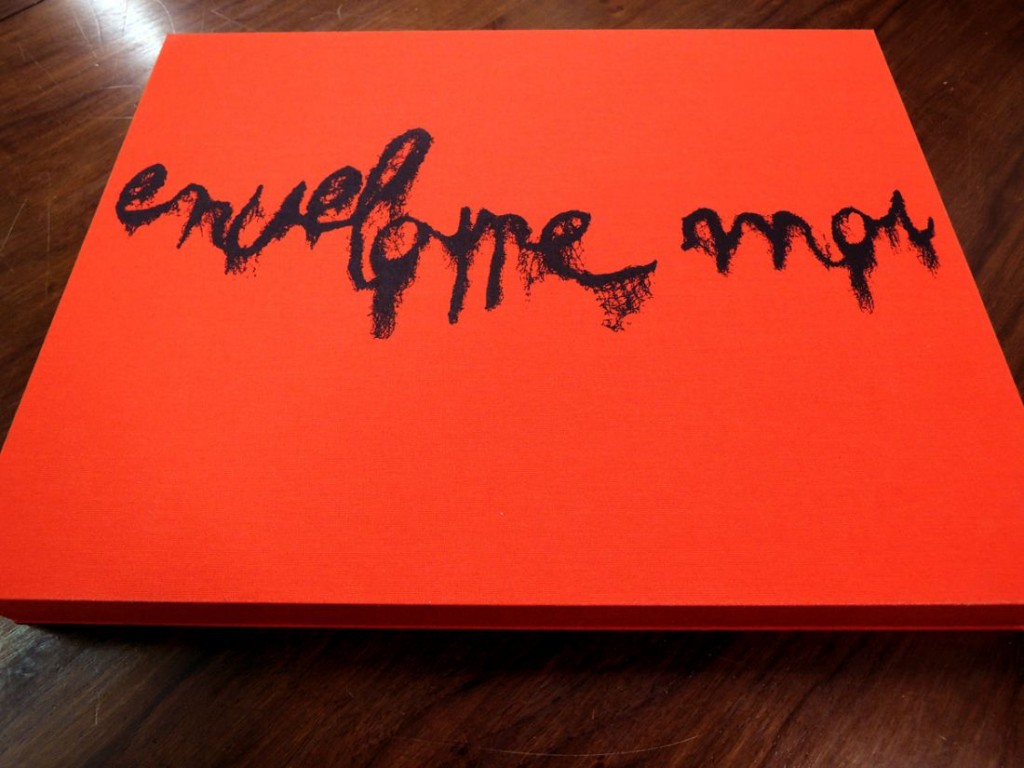
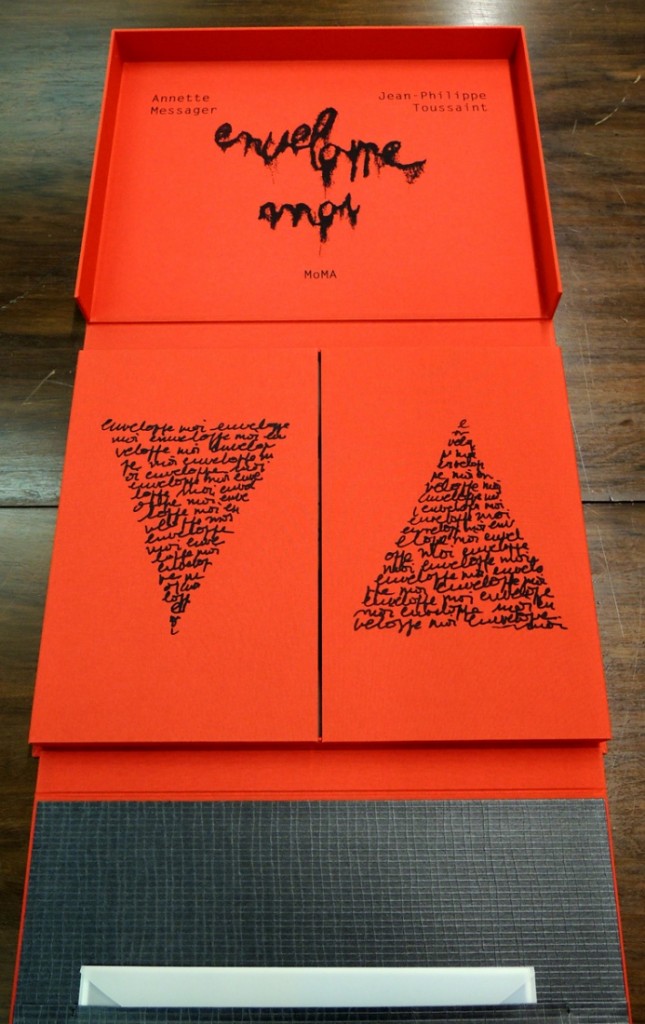
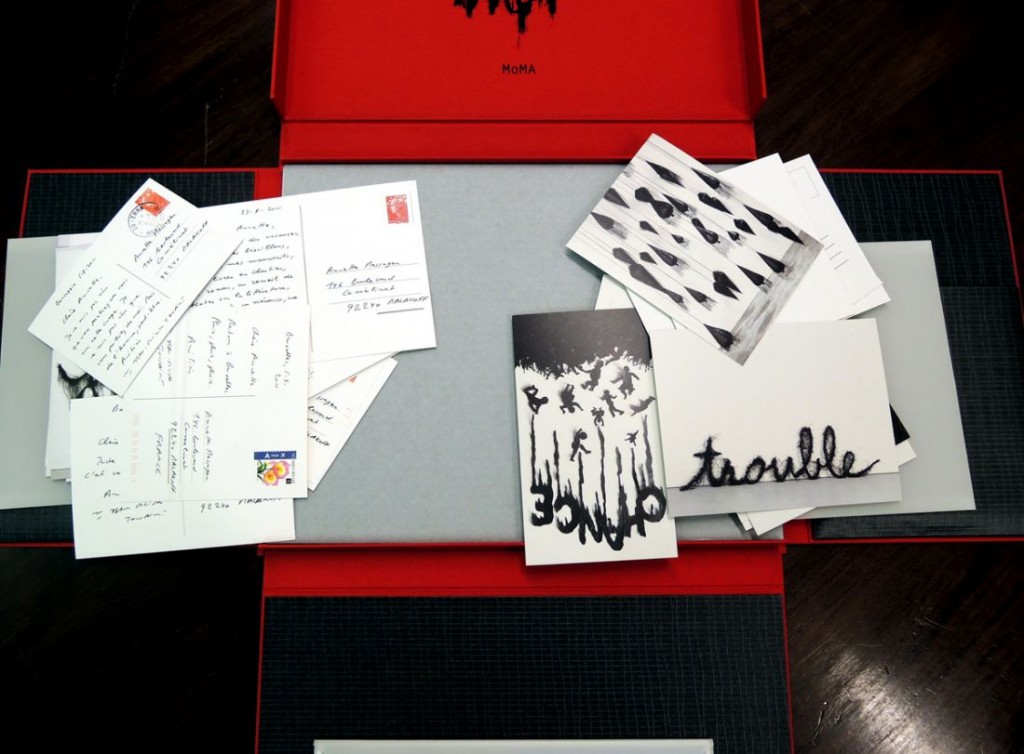

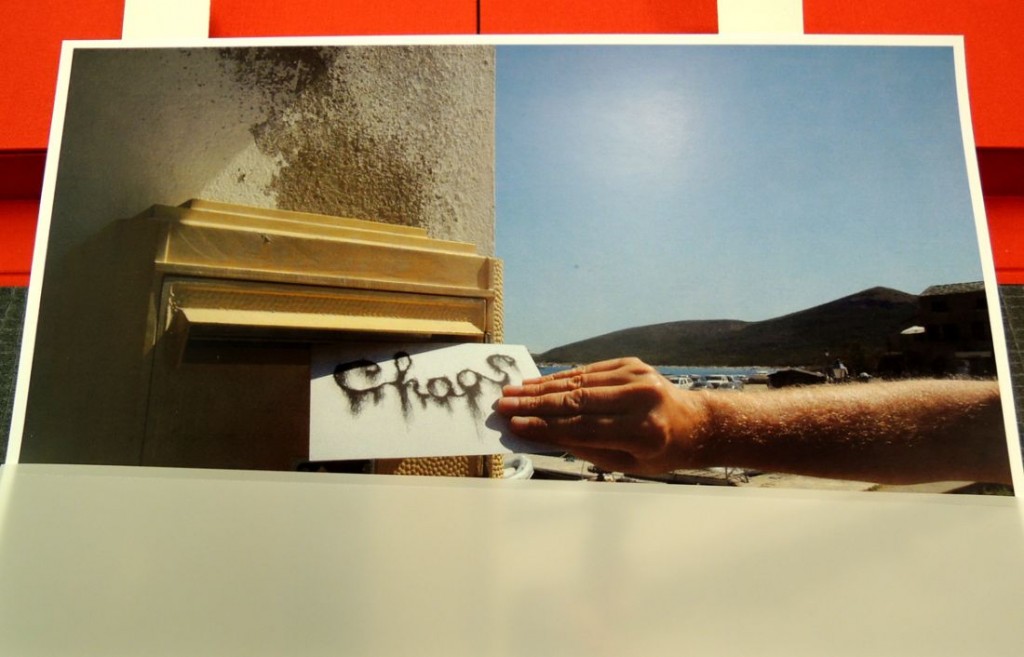
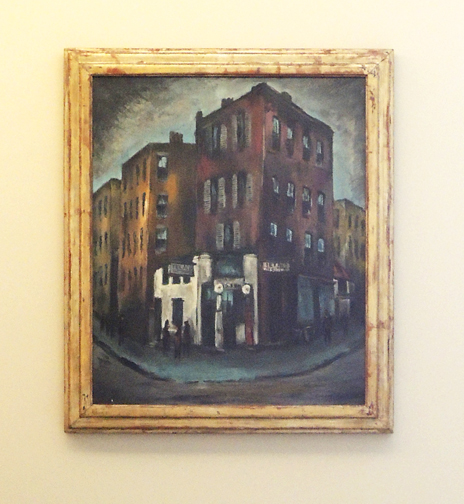


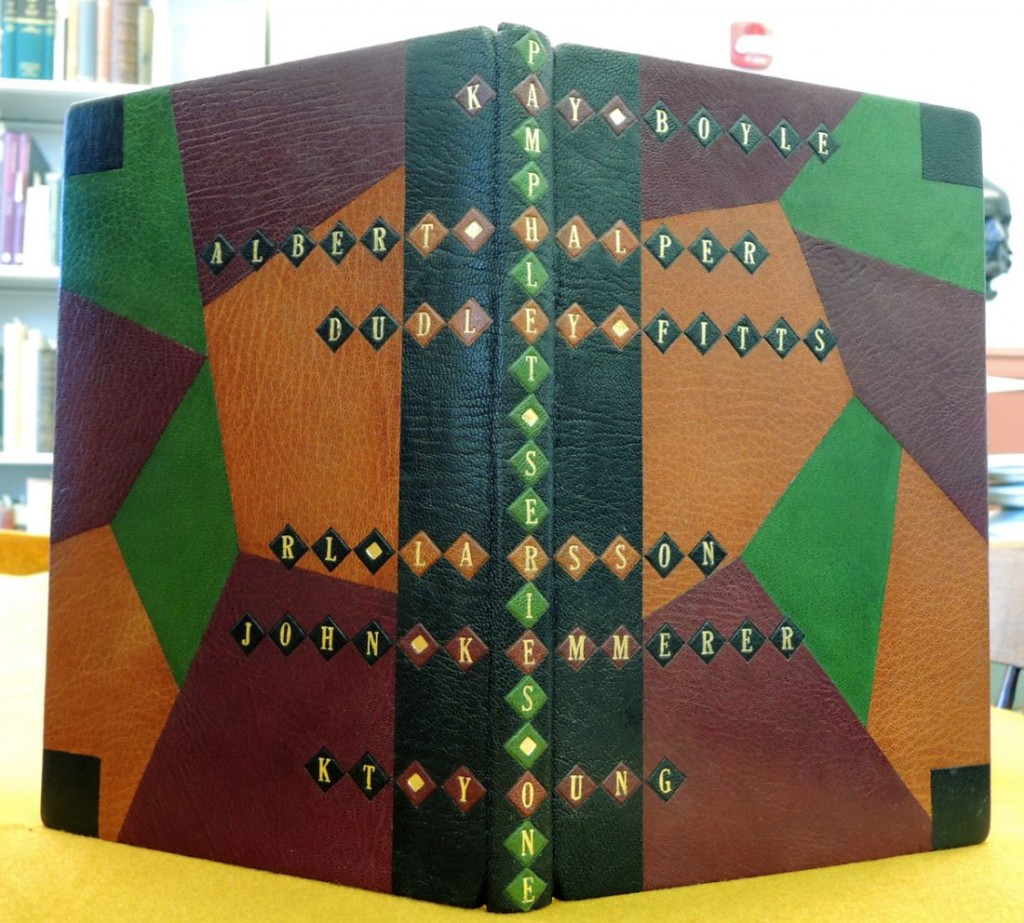
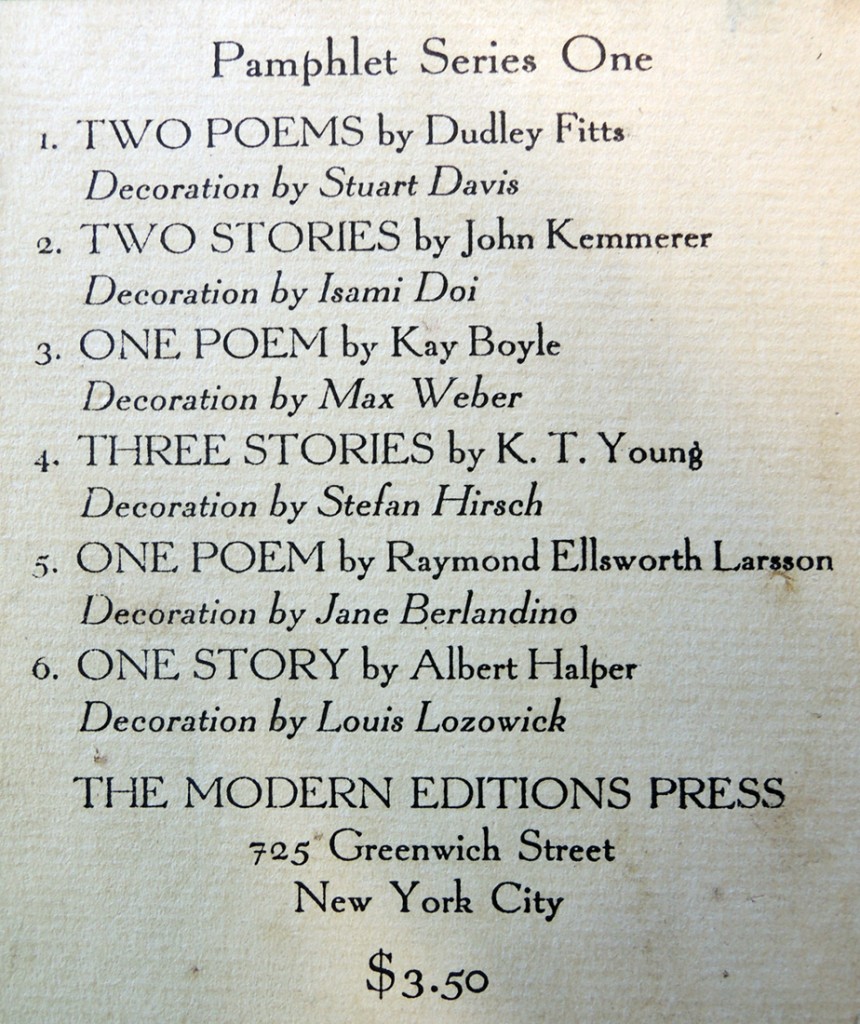
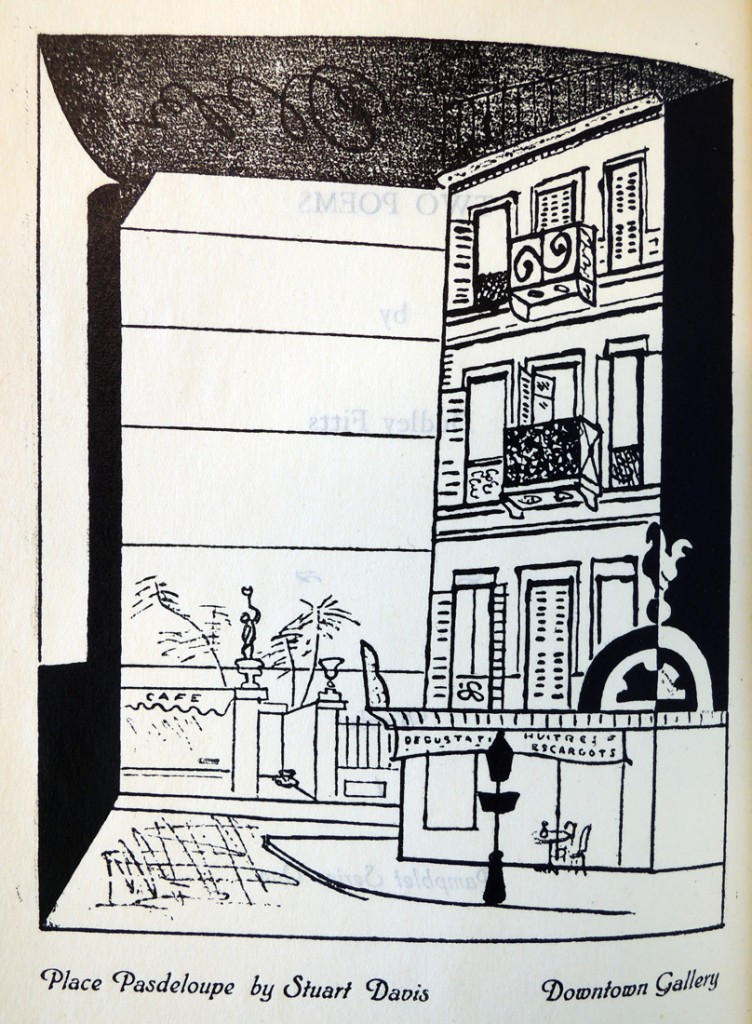
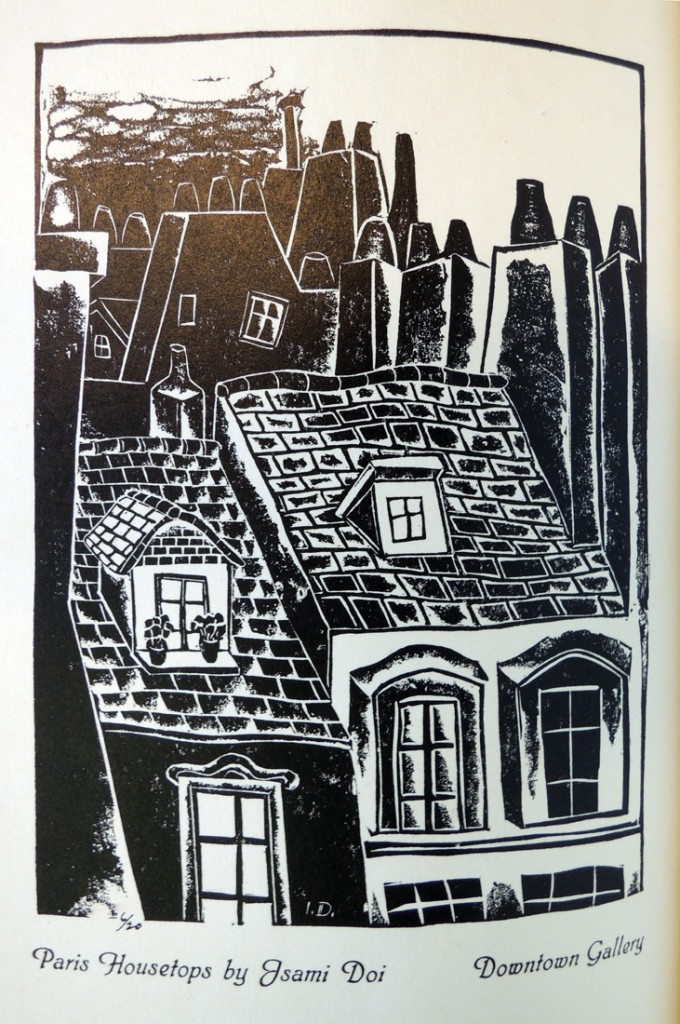
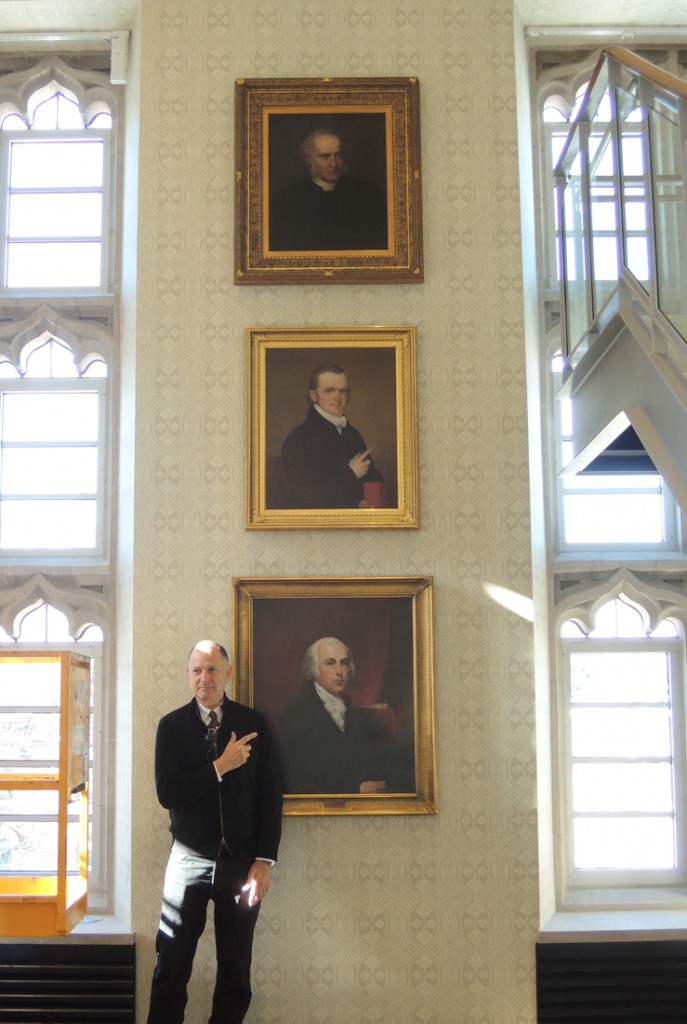 Striking a pose
Striking a pose